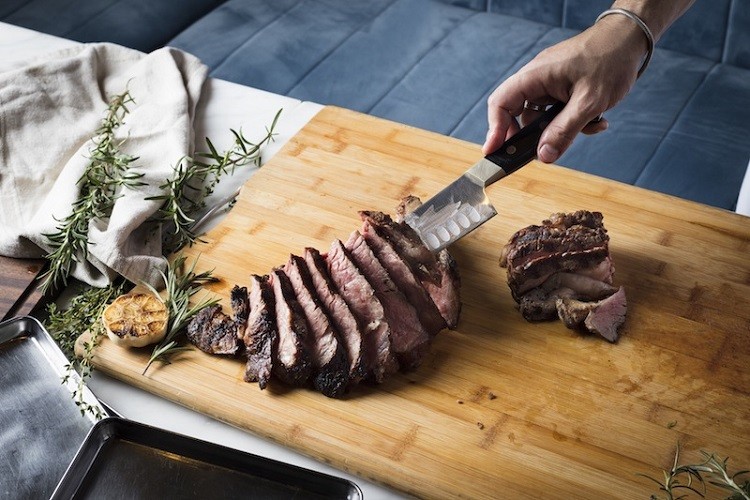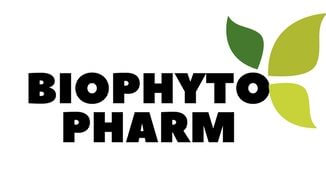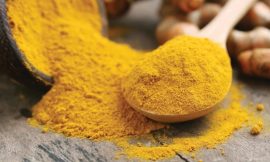GET SOME BEST LEAN RED MEAT ON YOUR PLATE

Once considered a health and dieting no-no, red meat is finally making its way back onto our plates as we incorporate it into a healthy diet. It is packed full of the essentials our body needs, so we understand why it is making a comeback! Lean red meat it:
- Mostly low in fat and sodium
- An excellent source of protein, vitamin B12, niacin, vitamin B6, iron, zinc and phosphorus
- A source of omega-3, riboflavin, pantothenic acid, selenium, and possibly also vitamin D
Raw red muscle meat contains around 20 to 25 grams of protein per 100 grams. Cooked red meat contains 28 to 36 grams per 100 grams because the water content decreases and nutrients become more concentrated during cooking. The protein is highly digestible, around 94% compared to the digestibility of 78% in beans and 86% in whole wheat. Protein from meat provides all essential amino acids, such as lysine, threonine, methionine, phenylalanine, tryptophan, leucine, isoleucine, and valine.
There are 3 things to consider when selecting red meat:
Grade
Grade refers to the amount of marbling or fat, found in the cut of meat. Meat that has a higher grade has more fat. The three most common grades are:
- Prime (the fattiest cut, most often found in restaurants)
- Choice (moderate in fat)
- Select (the leanest grade)
Cut of Lean Red Meat
Cut refers to the part of the animal the meat has been taken from. Most of the leaner cuts come from the animal’s hip or hindquarters region. ‘Round’ or ‘loin’ are keywords to look for when you want the leanest cut of meat. Think top round, sirloin, top loin, tenderloin, and eye round.
Color
Color is another way to tell how much fat red meat contains. Visible marbling indicates higher-fat meats and less marbling means it is lower in fat. Generally for minced meat, the darker the meat, the lower its fat content, and vice versa. However, minced red meat, even if it is labeled ‘low fat’ typically contains much fatter than whole cuts of meat.
The best way to know what is going into your minced meat is to purchase a whole cut and have it ground by a butcher. Often, there is no additional charge for this service. Grass-fed beef, if available, is significantly lower in fat than grain-fed beef. Most animals in Australia are grass-fed for the majority of their lives.
There are so many dishes you can cook using lean red meat. It can also be weighed, packaged, and frozen, so very easy to organize beforehand when you know time will be limited. Get creative and include it in your choices and try a new dish this week!




